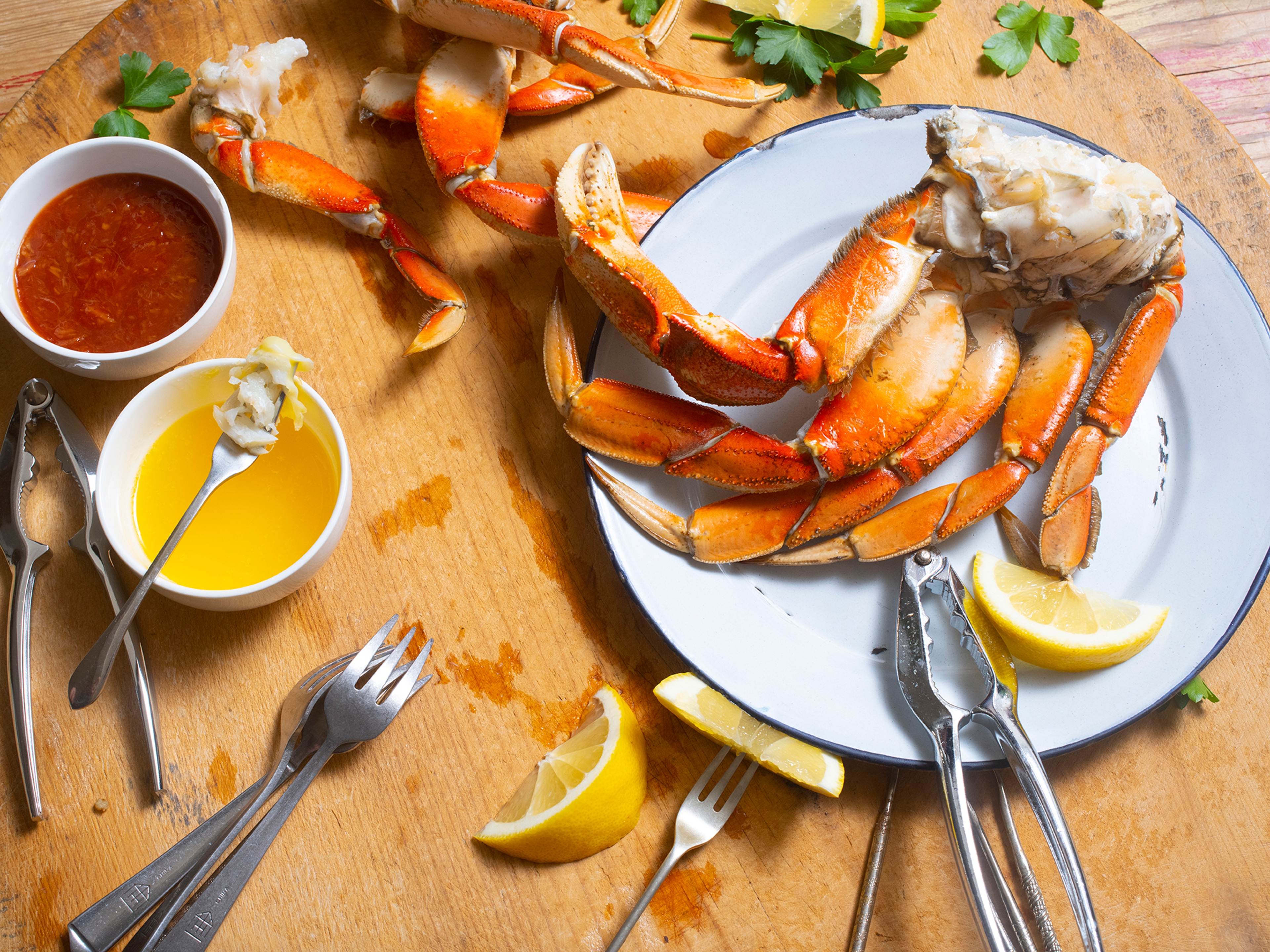Know Your Different Cuts of Beef
Be as smart as your butcher and come home with the right type of meat every time.
Jun 15, 2023
A visit to the butcher or supermarket meat counter can be easy — and even fun — if you know your cuts of beef. Memorize the different parts of a cow, and you'll not only save money and time, but you'll come home with the right type of meat for a favorite beef recipe.

We put together a guide to the basic cuts of beef, along with what to know about cooking beef sourced from different parts of the cow, how to pair wine with common recipes, fun facts, and more.
Chuck
This primal cut along the top front part of the cow is one of the largest sections from which to source meat and includes popular cuts such as shoulder, Denver, and flat iron steaks. It's also the source of much of what becomes ground beef; its high fat content makes it flavorful and juicy, as any hamburger expert knows.
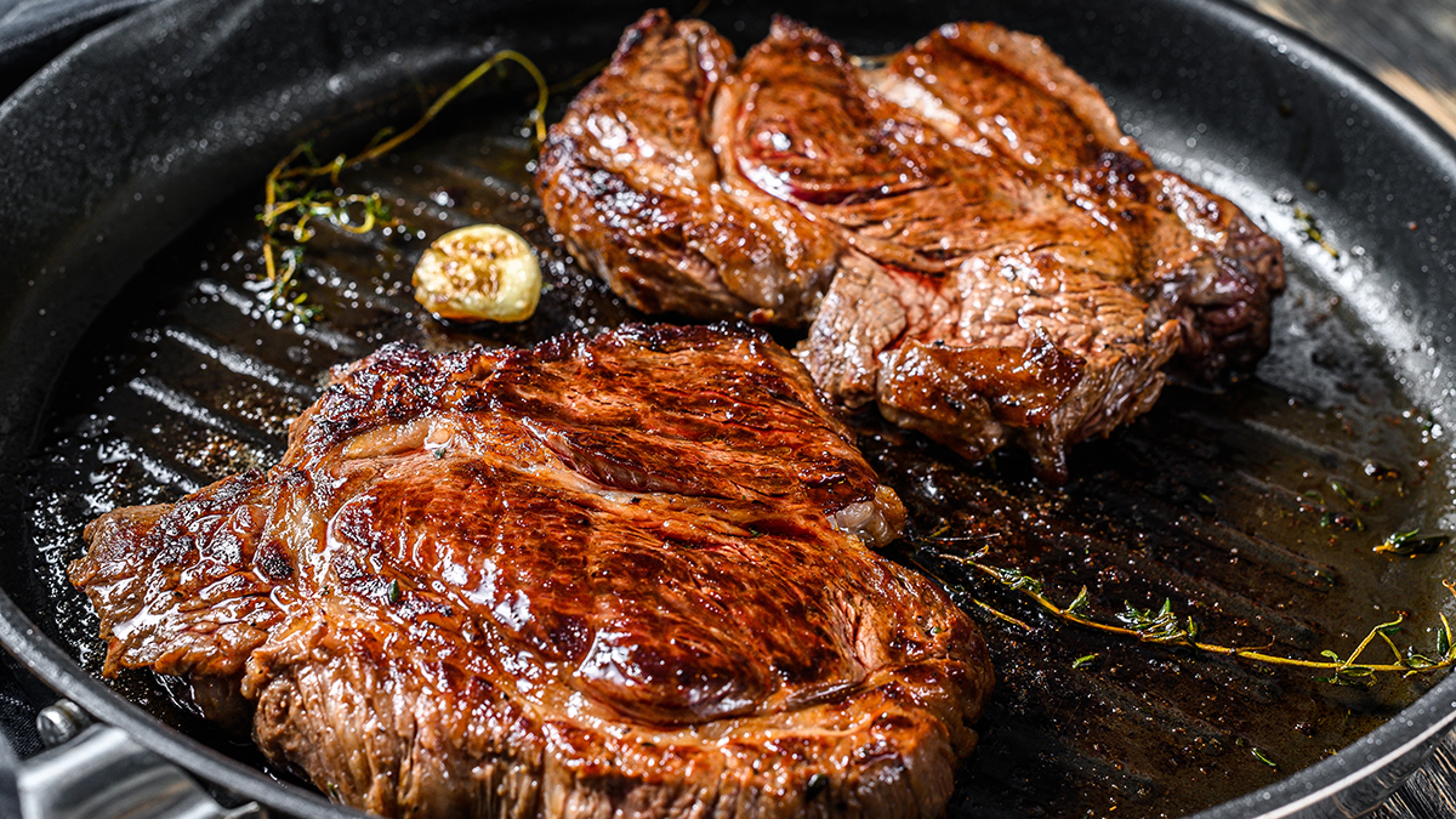
Because chuck meat features connective tissue that makes it generally tougher than other cuts, the beef is optimal for slow cooking and braising. Meat for beef stews, pot roast, and bone-in short ribs comes from this section. At the same time, parts of the chuck are remarkably tender, as in the Denver steak.
Fun fact: The Denver steak was only identified and named in the aughts, when the beef industry enlisted meat science professors to find innovative new cuts. Given its name through focus-group testing — and with no real connection to the Mile High City — the Denver cut has become a favorite of steak devotees for its rich marbling.
Wine pairing: Dishes made from chuck meat are usually rich, calling for a deep red wine, such as cabernet sauvignon, or a blend of darker grapes, as found in the award-winning Harry & David awrd-winning Red Wine Trio package
Brisket
Located just below the chuck, the brisket produces a somewhat fatty, tough cut of beef that transforms almost magically through slow cooking. This technique tenderizes the brisket, which in turn opens the door to a variety of popular presentations. The long-braised pot roast typically comes from the brisket. Jewish delicatessens brine meat from the brisket to become corned beef or pastrami. And, of course, barbecue pit masters season the beef from this section and slow cook it in a smoker.
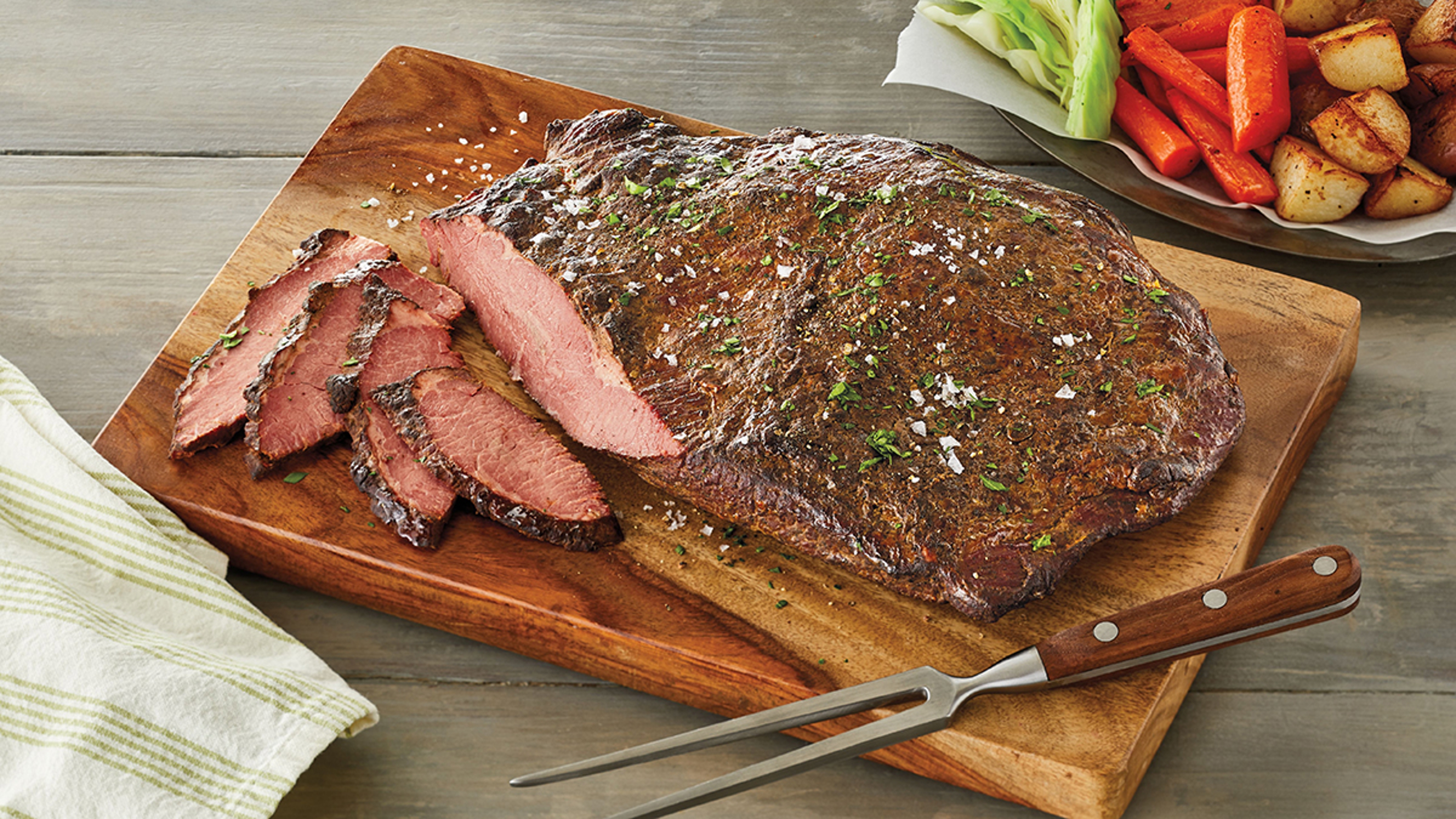
Fun fact: Historians attribute the use of brisket in Texas barbecue to Jewish delis in the Lone Star State. They note that smoked brisket appeared on deli menus decades before pit masters made it a central dish in Texas BBQ.
Wine pairing: While most Texas BBQ aficionados would recommend a can of ice-cold beer with brisket, a juicy and acidic pinot noir complements the fatty cut of meat quite nicely, too!
Rib
The top part of the center section of the rib yields many of the most expensive and prized cuts, from standing rib roast (or prime rib) to delicious ribeye steak. Baby back ribs and the attention-grabbing tomahawk steak, with its long protruding bone and rich marbling, are other favorites from the rib section.
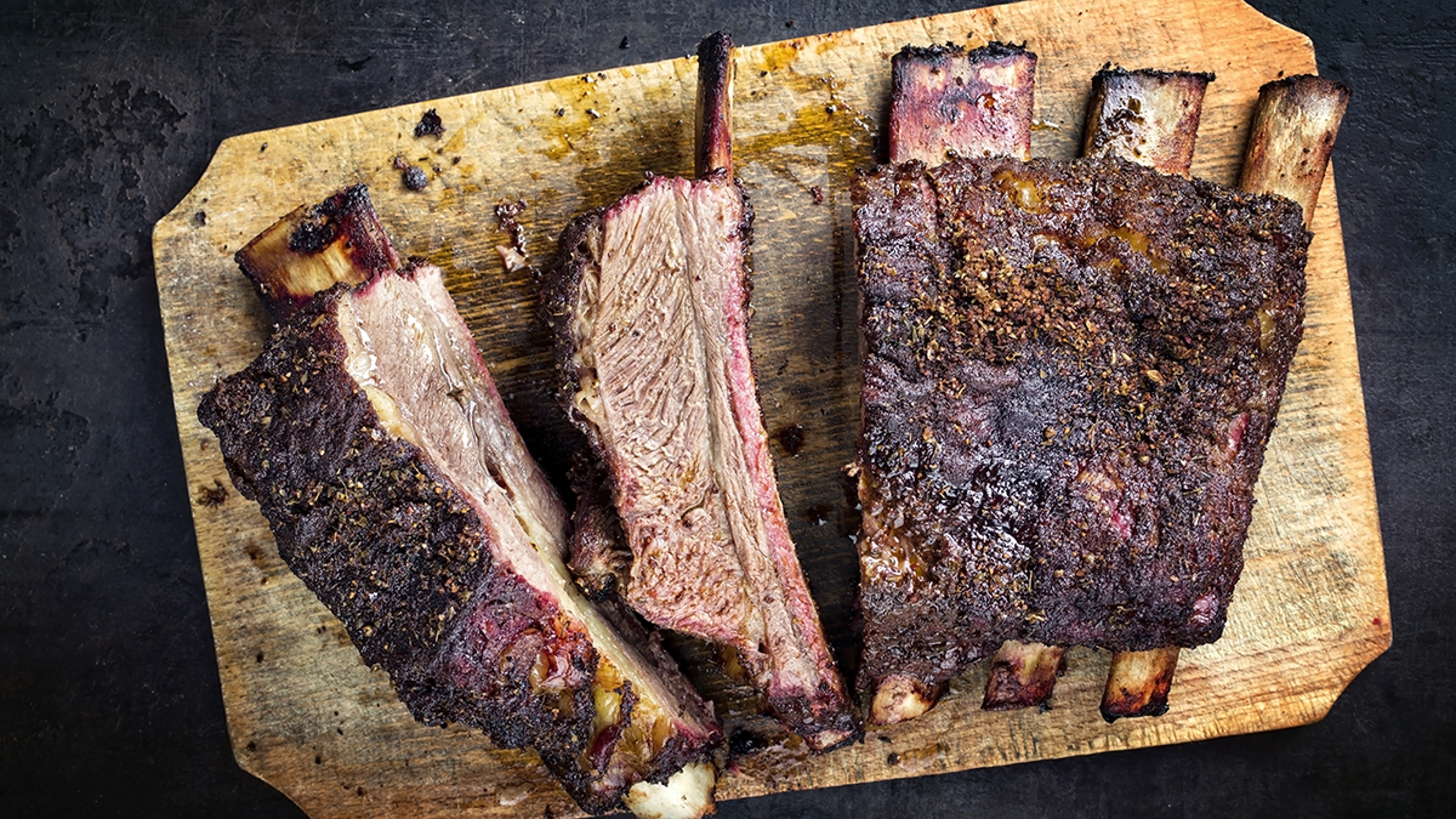
Fun fact: Texas figures into the history of the tomahawk steak, too. The cut got its name from a preparation used during Rio Grande cattle drives, which emphasized the curved bone's hatchet, or tomahawk-like, appearance.
Wine pairing: You can't go wrong with a full-bodied red.
Plate
The lower center plate, located between the brisket and flank, is primarily known as the source of skirt steak. This cartilage-laden, trimmed, and thinly sliced cut is great for marinating and throwing on the grill or serving with flavor-enhancing sauces. It's also the cut often used to make beloved dishes like carne asada — marinated in citrus juices — and steak with chimichurri sauce. As with most steak, you'll want to slice against the grain, but it's most crucial here because the beef isn't thick enough to withstand a cut along the grain.

Fun fact: When you don't have a few hours or more to marinate skirt steak, a quicker way to add flavor is to coat the beef in a rub before cooking or grilling it.
Wine pairing: Fatty cuts like skirt steak work well with full-bodied reds, such as cabernet sauvignon, which can cut through the fat.
Loin
The loin is adjacent to the rib at the top of the animal, and, like its neighbor, provides many of the most desirable and priciest cuts. T-bone, porterhouse, and strip steaks all derive from this section, sharing characteristics such as excellent marbling and rich flavor. Filet mignon, the least fatty and, for some, most prized cut, also comes from the loin.

Fun fact: As is the case with several other distinctly named cuts of meat, the origin of the porterhouse steak is contested. Many historians point to an Oxford English Dictionary entry tracing the porterhouse's roots to 1814 in Manhattan, where the owner of a restaurant, or “porter house," started serving large T-bone steaks that took on the name. Other U.S. restaurants also claim to have coined the phrase, including a Cambridge, Massachusetts, restaurant whose owner, Zachary B. Porter, reportedly named the steak after himself. Another fun fact? The porterhouse combines the beef tenderloin (or filet mignon) and the New York strip.
Wine pairing: Cabernet sauvignon and tannic red blends work well with steaks from the loin.
Flank
Below the loin is the flank, which produces one of the most affordable cuts of beef, flank steak. This is a tricky one to prepare: Cook it too long, and flank steak becomes dry and rubbery. But marinating the steak, as with skirt steak, can produce a flavor and texture that belies its price tag. Because it's best cooked quickly, flank steaks also make for a great centerpiece to an easy weeknight meal.
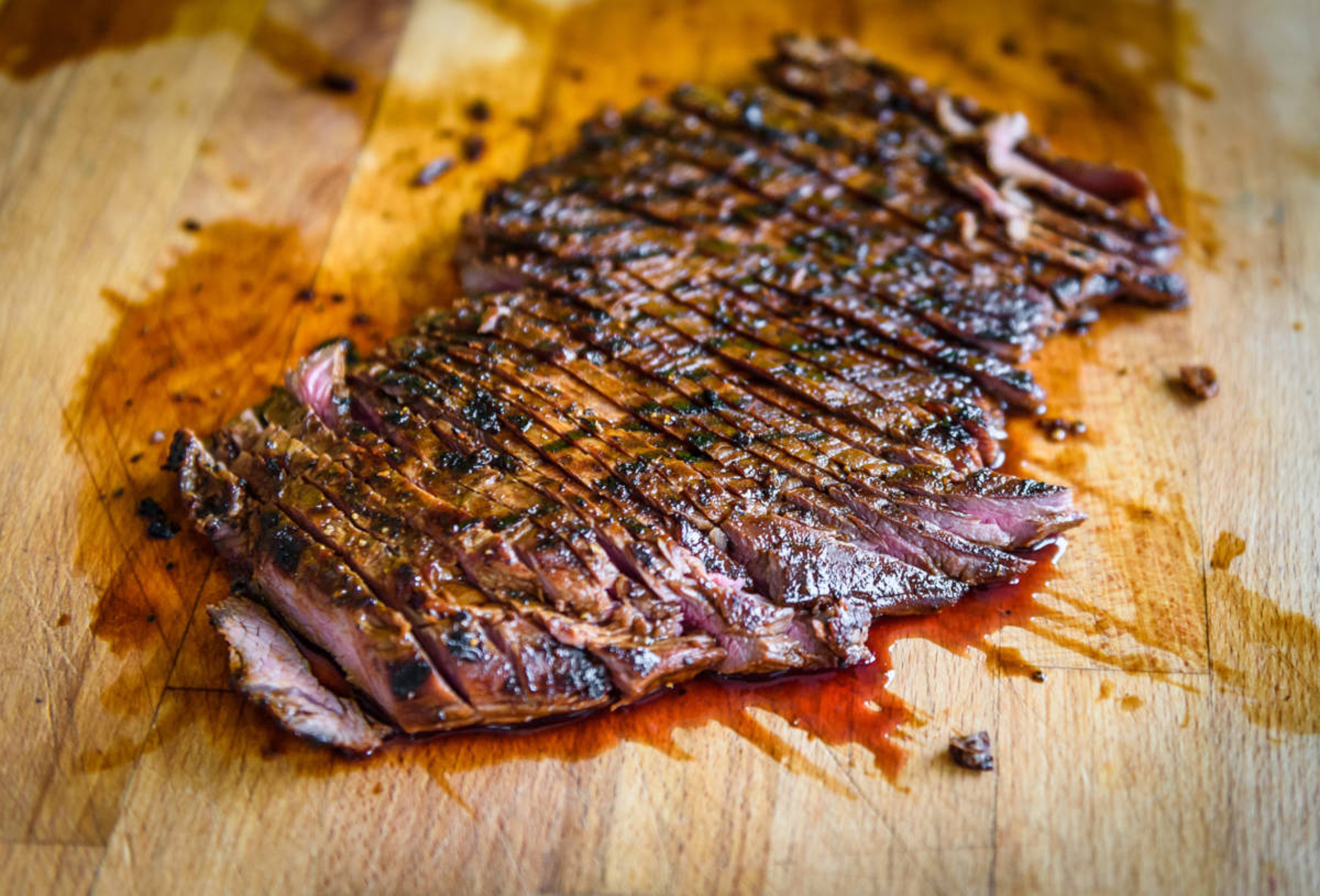
Fun fact: The meat here comes from a cow's abdominal muscles, making it one of the leanest and healthiest cuts. It has fewer calories yet packs more protein than other popular steaks, such as ribeye or T-bones.
Wine pairing: Anything fruity and juicy, from a cabernet sauvignon to well-structured pinot noir, pairs nicely with flank steak.
Sirloin
One of the upper rear sections of the cow includes the sirloin and tenderloin, the sources of several well-known cuts. Steaks from this area are easy to prepare: Season them simply with salt and pepper, and then grill, broil, or pan-fry them over high heat for short periods of time, and you'll have a delicious, juicy steak without all the fuss.
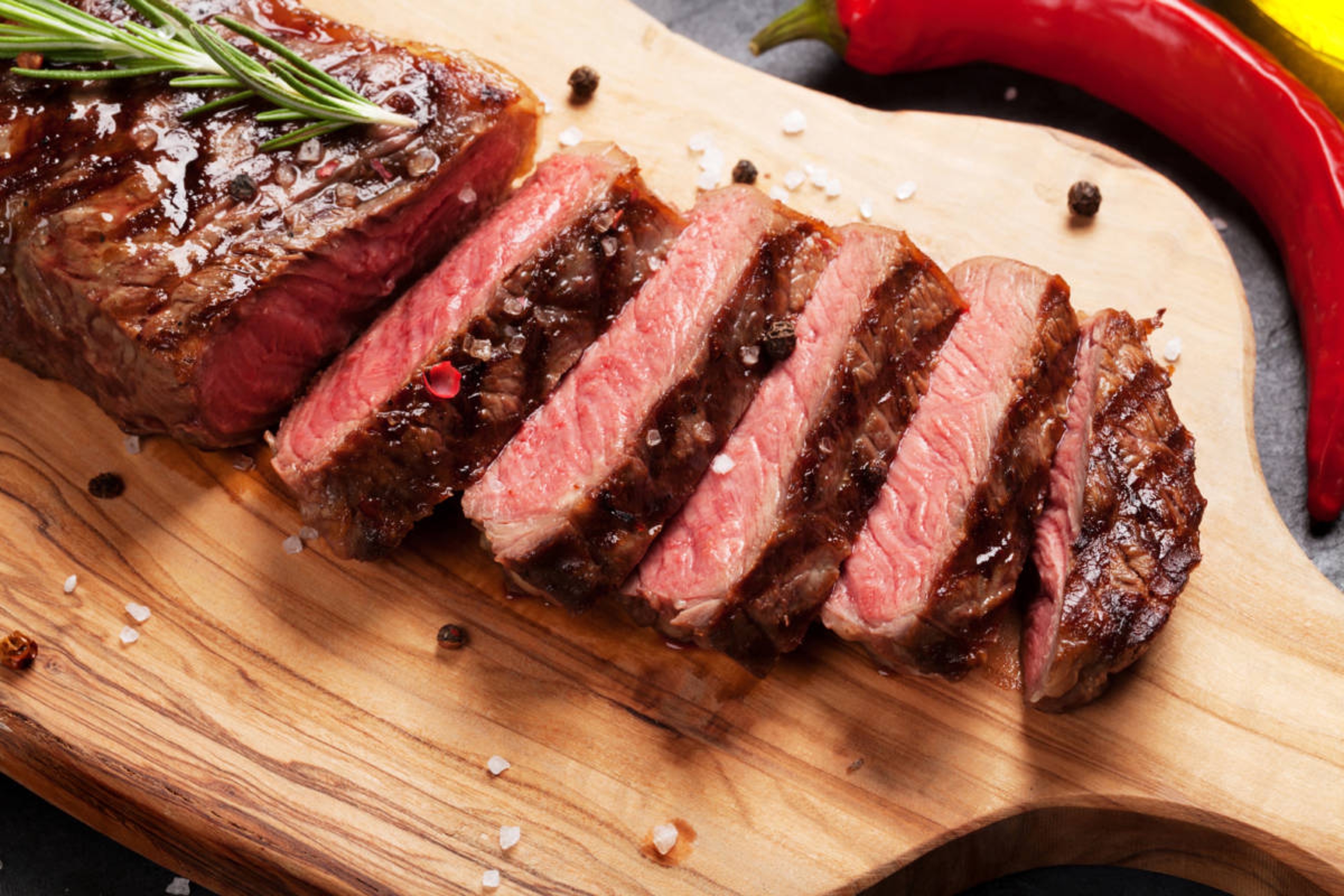
Fun fact: The tenderloin section of the sirloin is where you'll find chateaubriand — though whether you call that a cut or a preparation is up to you!
Wine pairing: The Harry & David red wine duo offers two bottles that pair well with most sirloin or tenderloin steaks: a cabernet sauvignon and a red blend.
Round
The round is the back part and back leg of the animal, providing lean yet sometimes tough cuts that are less sought after and, thus, less expensive. The unappealingly named rump roast is from the bottom round and, like other cuts from the section, is best served rare or medium rare to achieve the best balance of texture and flavor. Cuts from the round can be sliced thin, as in roast beef, or to make ground round, a leaner alternative to ground chuck or sirloin used in burgers or tacos.
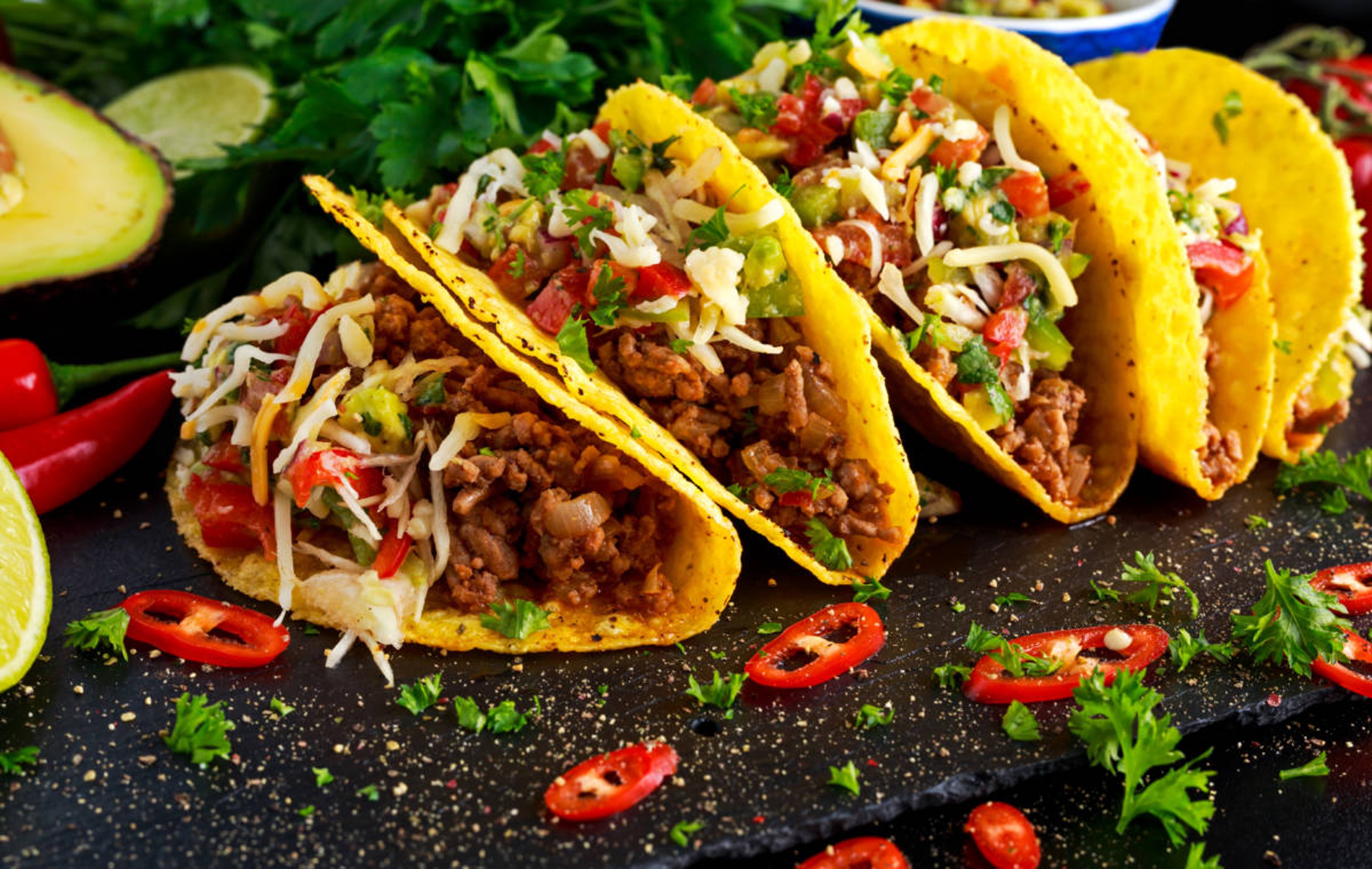
Fun fact: The famed restaurant and hotel chain Howard Johnson's launched an offshoot chain of restaurants called Ground Round in 1969. The brand, known for its burgers, still exists in some markets under different ownership.
Wine pairing: Generally not considered a source of sophisticated steak cuts, round steaks can be served with any red — preferably not an overly structured or full-bodied one.
Other
Nose-to-tail butchers and chefs will tell you that the above cuts only tell part of the beef story. Not every cut of beef at the market or butcher aligns so neatly, which is why you'll find kebabs, ground beef, and stew meat, to name a few examples, available without specific ties to a part of the cow. Consider these a blend of beef cuts or perhaps scraps that have been carefully repurposed. Also falling under this category are organ meats, such as tripe — which is typically made from cow's stomach — brains, and even heart.







